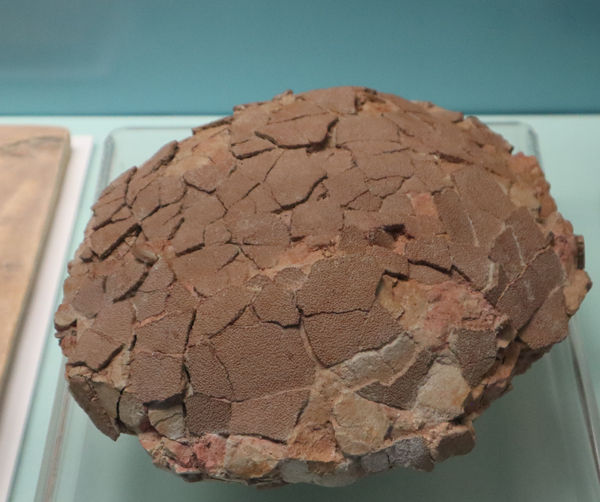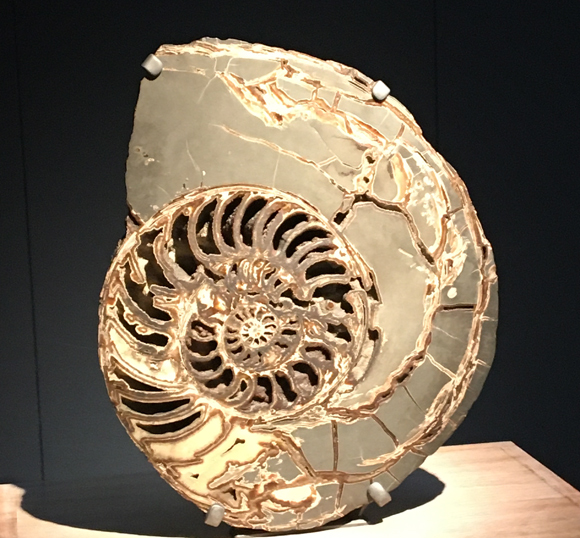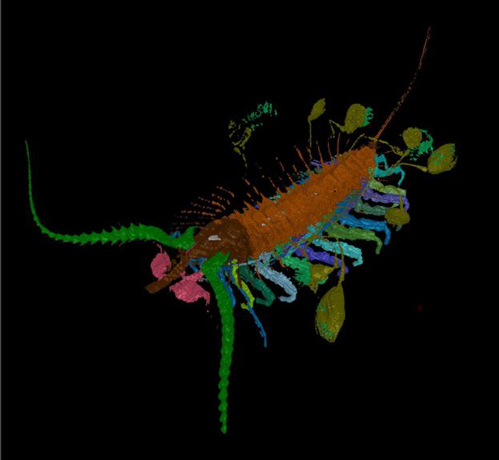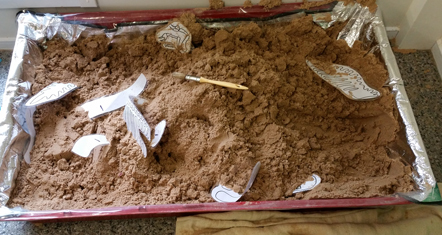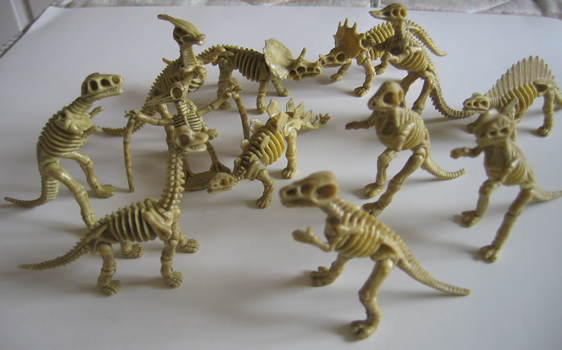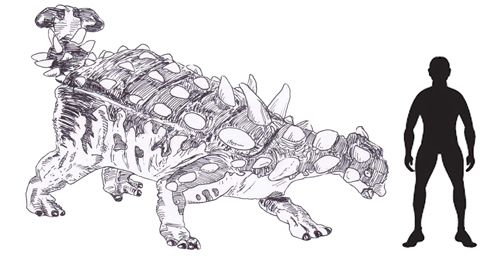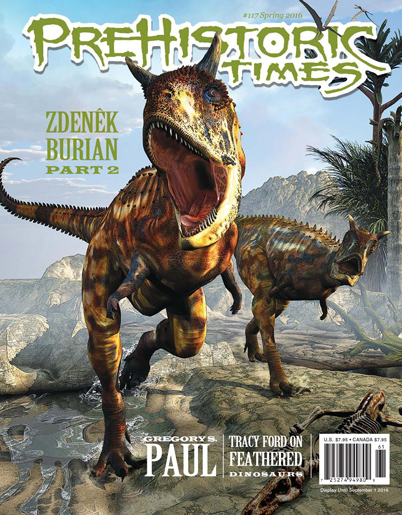“Egg-citing” Dinosaur Egg Discovery from China
Dinosaur Eggs from the Early Cretaceous
Parts of China have provided palaeontologists with ample evidence of dinosaur nesting behaviour, fossils of nests, eggshells and complete eggs themselves have been excavated from a number of locations. Guandong Province (southern China) in particular is famous for the relative abundance of dinosaur egg fossils that have been found.
Dinosaur Eggs
However, the vast majority of these egg fossils from China come from Upper Cretaceous deposits, indeed from a global perspective, dinosaur eggs that date from the Lower Cretaceous are much rarer than their Upper Cretaceous counterparts. Up until now, the only confirmed dinosaur egg fossils from Lower Cretaceous age deposits from China have been excavated from sites in Liaoning Province in the north-east of the country.
A Dinosaur Egg Fossil
Picture credit: Everything Dinosaur
Scientific Paper Published
A press release from the Chinese Academy of Sciences which provides information on a new paper published in the academic journal “Vertebrata PalAsiatica” changes all that. A new type of dinosaur egg is described, although the fossils are fragmentary, the largest piece of eggshell found to date in only a few centimetres in diameter, a microscopic analysis of the eggshells structure has revealed new characteristics indicating that this is a new type of dinosaur egg, but as to which dinosaur laid the eggs, that remains a bit of a mystery.
A Fragment of the Dinosaur Egg Fossil (Eggshell)
Picture credit: Chinese Academy of Sciences
The picture above shows the largest eggshell fragment discovered to date (A), the second picture (B) is a close up of the highly weathered surface of another piece of dinosaur eggshell from the same location.
From Lower Cretaceous Deposits
The fossils come from the uppermost siltstone layer of exposed Lower Cretaceous sediments in Gansu Province. These rocks make up the Lower Cretaceous Hekou Group in the Lanzhou-Minhe Basin, north-western China. Exposed Lower Cretaceous strata in Gansu Province has yielded extensive dinosaur and bird tracks, but these are the first dinosaur egg fossils to have been found in this part of China.
To read an article about some intriguing sauropod tracks found in the same area as these egg fossils: Swimming or Walking Sauropods
Important Implications for the Study of Dinosaur Eggs
The eggs have been assigned to a new oogenus, a new oospecies has been erected. Just like fossilised animal tracks, palaeontologists can establish a scientific name for egg fossils, such names have the prefix “oo”, from the ancient Greek for egg, placed in front of them to indicate these names refer to an egg. With trace fossils the prefix “ichnos” is used, this too comes from ancient Greek, (ichnos means track).
The oogenus is Polyclonoolithus and the oospecies is Polyclonoolithus yangjiagouensis, the dinosaur eggs can be distinguished from other Chinese dinosaur eggs as under the microscope the eggshell showed unique features such as highly branched eggshell units not having a compacted layer near the outer surface of the shell and very irregular pore canals.
Microscopic Study of the Eggshell Revealed Unique Features

Microscopic analysis of the eggshell structure revealed unique features in this Lower Cretaceous dinosaur egg.
Picture credit: Chinese Academy of Sciences
The authors of the scientific paper conclude that the eggshell fossils represent a more basic type of dinosaur egg, especially when compared to the highly diverse forms of dinosaur egg found in Upper Cretaceous deposits. Its taxonomic relationship to other oogenera is not known, but these fossils might represent an early form of egg that led onto the evolution of more rounded, spherical eggshell shapes (spheroolithid eggs).
Polyclonoolithus yangjiagouensis
As for the name Polyclonoolithus yangjiagouensis (pronounced Pol-ee-klon-ooh-lith-us yang-gee-ah-gou-en-sis), the oogenus name is derived from the Greek for “egg stone with many small branches”, the oospecies name honours the town of Yangjiagou, in the border region of Lintao and Yongjing counties, Gansu Province, which is close to where the fossils were found.
By honouring the local town in this way the scientists hope to deter pilfering of fossil material, unfortunately, there is an extensive illegal trade in fossils in China and although the authorities have worked hard to stamp out the black market, many hundreds, if not thousands of rare artefacts such as dinosaur fossils are smuggled out of China each year.
Trade in unlawfully gained fossil material is significant, dinosaur eggs are particular favourite of unscrupulous traders as they are relatively small , portable but retain a high resale value. Last year Everything Dinosaur reported on the seizure of huge haul of stolen dinosaur eggs from Guandong Province, to read more about this: Chinese Authorities Seize Hundreds of Dinosaur Eggs in Raid
Which Animal Laide These Dinosaur Eggs?
The eggs were probably little more than ten centimetres in diameter, not huge when compared to the eggs of sauropods for example. However, the palaeontologists cannot be certain as to which type of dinosaur laid the eggs.
Only a handful of dinosaurs are known from the siltstone strata (late Early Cretaceous). Evidence of basal titanosaurs have been found along with the fossils of an iguanodontid Lanzhousaurus magnidens. The eggshell fragments come from the same locality where fossils of an armoured dinosaur, a nodosaurid (Taohelong jinchengensis) have been discovered. It is not possible at this time to identify which type of dinosaur produced these intriguing eggs.
For dinosaur models and replicas: Dinosaur and Prehistoric Animal Models.


